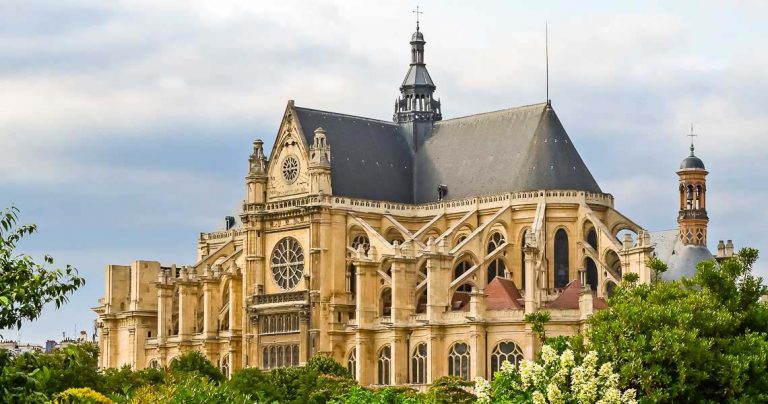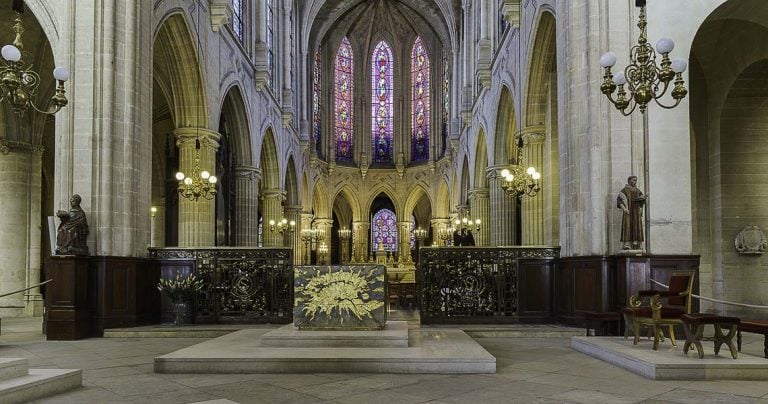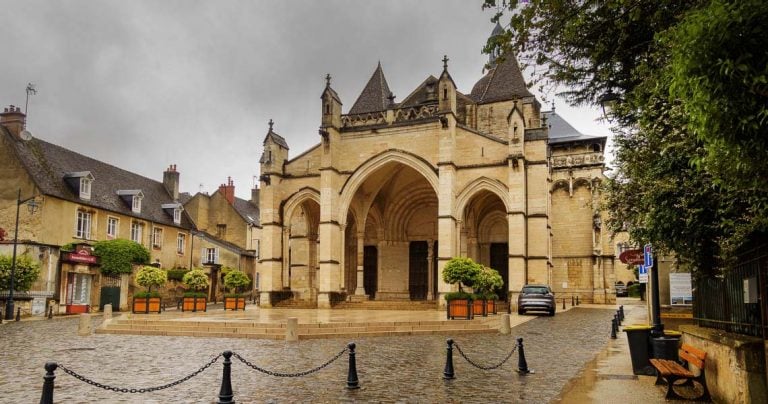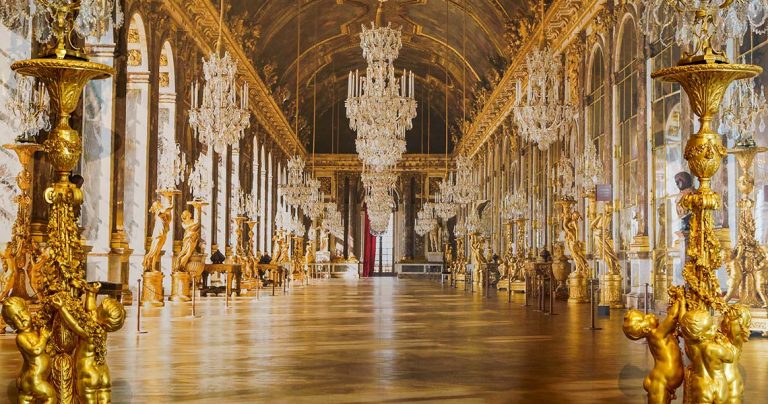Sainte-Chapelle de Paris
Sainte-Chapelle is one of the most visited tourist sites in Paris. But it was not always so. It was once a secret treasure surrounded by the legal fraternity of Île de la Cité, easily missed by the obligatory bus tours of Paris.
Yesterday, When I was Young
I can’t remember a trip to Paris that did not include a visit to Sainte-Chapelle. I have heard so many Vivaldi Four Seasons concerts here that I’ve lost count.
Those concerts are certainly an excellent way to admire this magnificent chapel. If nothing else, everyone is seated, and if you are at the back, no one will notice your focus on the beautiful stained glass windows instead of the concert.
I have been going to Sainte-Chapelle since the early seventies when there were no tourists, queues, selfie sticks, or security. Then, it was free. Then, you could photograph with a tripod. But it was hard to find. Buried behind the Palais de Justice, it was the hidden gem of Paris. It hadn’t even found its way into the guidebooks.
I was inside Saint-Chapelle when I was the only visitor present. To be alone with such majesty is hard to fathom. To remain unmoved by six hundred square metres of stained glass, arranged across 15 windows, each 15 metres high, portraying 1,113 biblical scenes is impossible.
I Can See Clearly Now
Today, everything has changed. Be prepared for queues, as Sainte-Chapelle attracts more than 900,00 visitors annually and is now surrounded by the Palais de Justice. You will mix with the legal fraternity and hundreds of court attendees. Security is rigorous. Leave your knives, tripods and selfie sticks at home.
La Sainte-Chapelle is widely considered to be the finest example of Flamboyant Gothic architecture in the world. As a royal chapel, the King spared no expense in construction and decoration.
The magnificence of its stained glass is due to the very narrow stone walls that give the impression of one continuous window. The 15 stained glass panels are viewed individually, from left to right and bottom to top.

Sainte-Chapelle consists of two levels. The upper level, dedicated to the Holy Cross, was principally reserved for the King and his family. The lower level, dedicated to the Virgin Mary, was accessible to the palace personnel. This arrangement reflected the sovereign’s place in the world, halfway between the people on earth and God in heaven.
Today, the entrance is on the lower level with its ubiquitous souvenir shop. But, I can remember when the lower level was empty of decoration except for the beautiful royal blue ceiling with its gilded fleur-de-lys depicting the stamp of royalty.
Access to the upper level and the majestic stained glass windows is via a claustrophobic spiral staircase. To take full advantage of Sainte-Chapelle, you must go during the day and, if possible, when the sun is shining. The transmitted light offers a kaleidoscope of saturated colours.
This unique masterpiece sees fewer visitors than its neighbour, the Cathédrale Notre-Dame de Paris. More private and discreet, Sainte-Chapelle was never intended to be open to the public.
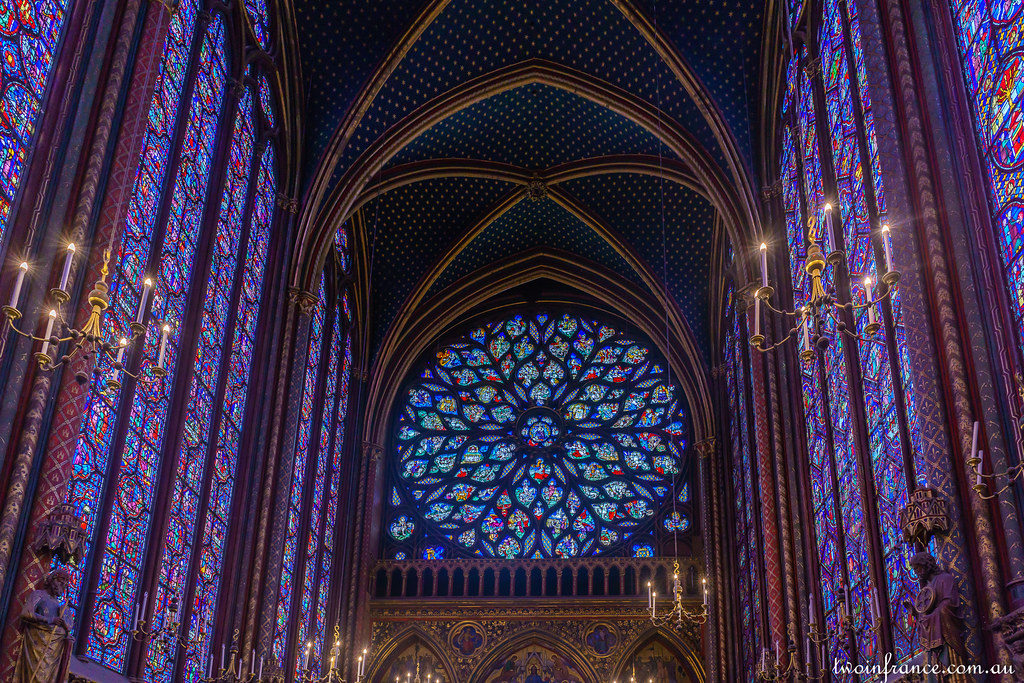
Short History
King Louis IX, better known as Saint Louis, erected Sainte-Chapelle between 1242 and 1248. It is somewhat of a myth that the King built the chapel primarily to house holy relics. The first charter of Sainte-Chapelle (January 1246) clarifies that it was founded first and foremost to save the souls of all the royal family members, both the King’s predecessors and his entourage. Only then are the relics of the Passion, the Crown of Thorns and the Cross mentioned.
King Louis IX purchased these religious relics in 1239 from a Venetian merchant who had acquired them from the Byzantine emperor, Baldwin II, when the emperor needed to cover some debts. Louis paid almost three times more for the relics than he did for the construction of Sainte-Chapelle. Two years later, he bought more relics from Byzantium. The relics remain in the nearby Treasury House of the Cathédrale Notre-Dame de Paris.
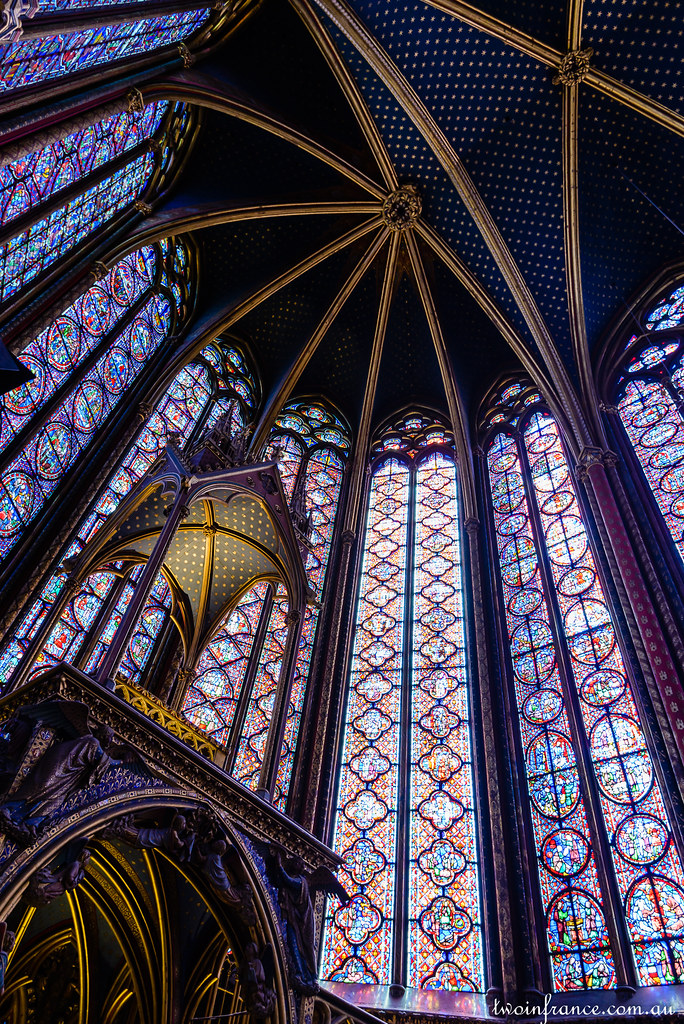
That Sainte-Chapelle is still standing today is itself a miracle. It suffered several fires (1630, 1776) and the flood of 1690.
The French Revolution did not spare it either, with exterior and interior decorations destroyed; the spire knocked down, the organ sent to Saint-Germain-l’Auxerrois, and the inside converted into administrative offices and an archive storage depot. It did not return to its former glory until 1868, after 30 years of restoration.
Sainte-Chapelle escaped significant damage during the Seige of Paris (1870-1871), but a fire destroyed the Palais de Justice. The windows were removed and stored for safekeeping during the bombing of World War I and II. The most recent restoration began in 2008 and finished in 2015 to mark the 800th anniversary of the birth of King Louis IX.
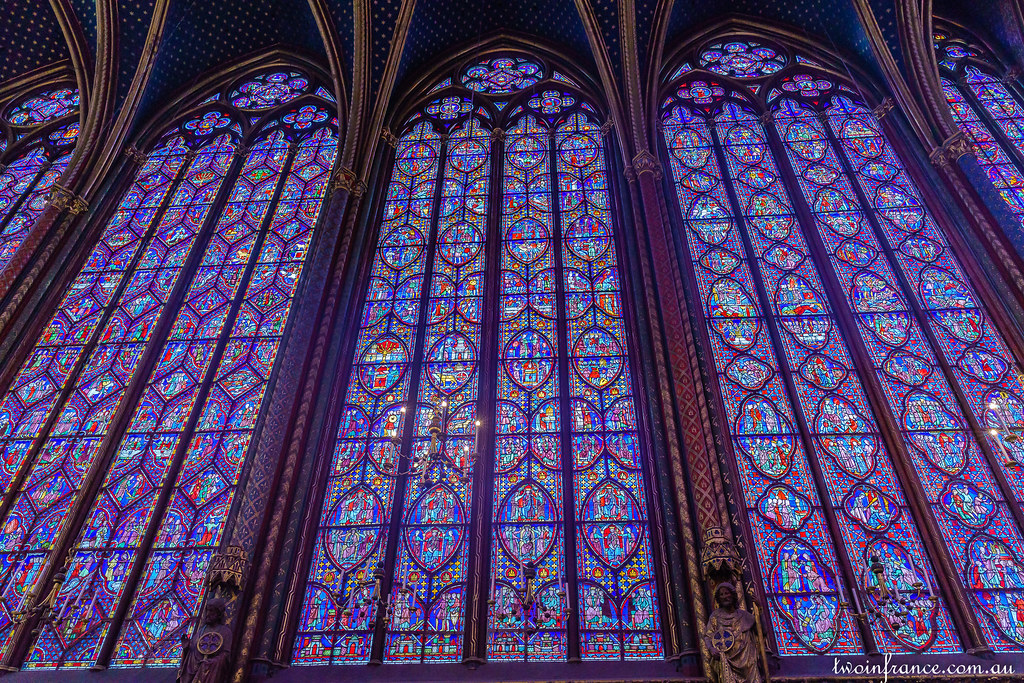
Access
Access, ticketing and security are constantly changing. My best advice would be to consult the link below to prepare for your visit. If you would like to prepare for your visit inside Saint-Chapelle, download the phone application Vitraux Sainte-Chapelle and explore the mysteries of the windows of the monument built by Saint Louis.
Information
10, boulevard du Palais, 75001 Paris
33 1 53 40 60 80
[email protected]
Open every day 9.00 am – 7.00 pm (Apr 1 – Sep. 30); 9.00 am – 5:00 pm ( from Oct 1)
Métro: line 4, station Cité. RER: Saint Michel-Notre Dame. Buses: lines 21, 27, 38, 85, 96 and Balabus.
La Sainte-Chapelle.


